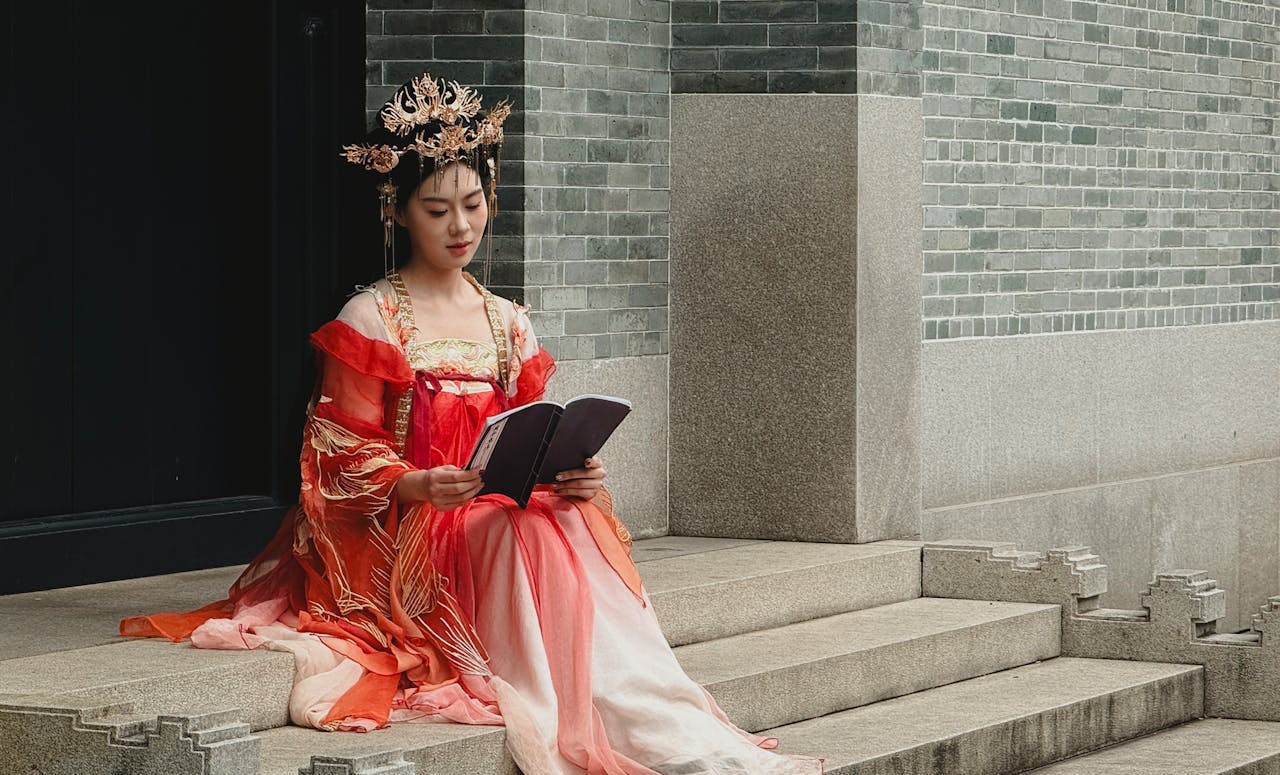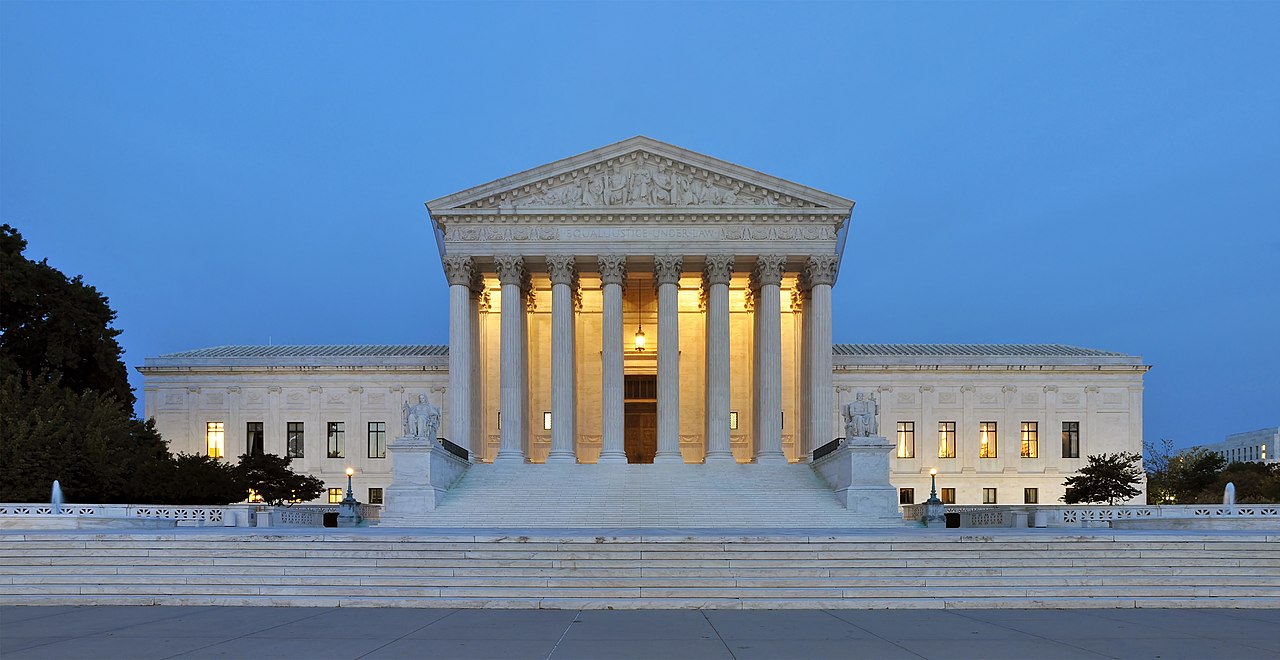Clothes usually feel like one of the last things a government should worry about, yet in many places, the wardrobe is still a legal battleground. Lawmakers wrap rules around modesty, national identity, public order, or plain ideology, and everyday people have to navigate the fallout. A shirt, pair of jeans, or headscarf can suddenly carry legal risk instead of just expressing taste. These dress codes show how power reaches right down to hems, fabrics, and hairstyles.
Mandatory Hijab And “Improper Dress” In Iran
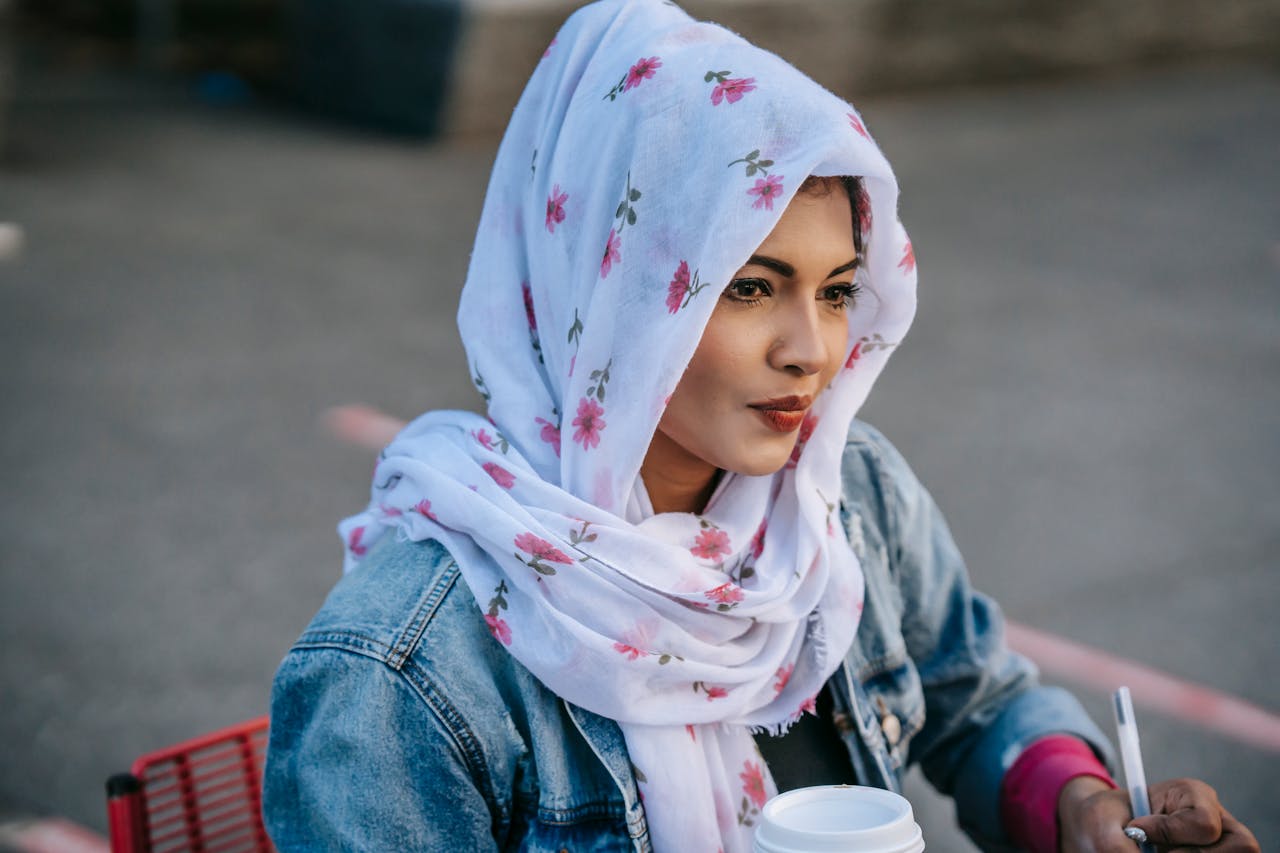
In Iran, women are legally required to follow a state-defined Islamic dress code in public, including covering their hair and avoiding clothes labeled as tight or revealing. That rule is enforced not just by patrolling officers but also by cameras, text alerts, and occasional street patrols focused on appearance. A simple choice of coat or scarf can lead to fines, job consequences, or even detention. For many women, getting dressed each morning doubles as a negotiation with the state.
France’s Ban On Full-Face Veils In Public

France’s national ban on face coverings in public spaces targets full-face veils such as the niqab and burqa, with fines for women who wear them and penalties for anyone who forces someone else to do so. Supporters frame it as a defense of secular values and the need to see faces in shared spaces. Critics point out that it effectively limits a small group of women from moving freely while dressed according to their beliefs. A piece of fabric becomes a political fault line.
Bhutan’s Compulsory National Dress In Public Institutions

In Bhutan, the driglam namzha code requires citizens to wear traditional gho or kira when dealing with government offices, attending school, or taking part in official ceremonies. Public servants must appear in national dress while on duty, and enforcement can include fines or denial of services for those who refuse. Admirers say the rule preserves identity in a small country wedged between powerful neighbors. Others see quiet pressure on ethnic minorities and anyone who feels more at home in modern clothes.
North Korea’s War On Jeans And “Capitalist” Fashion
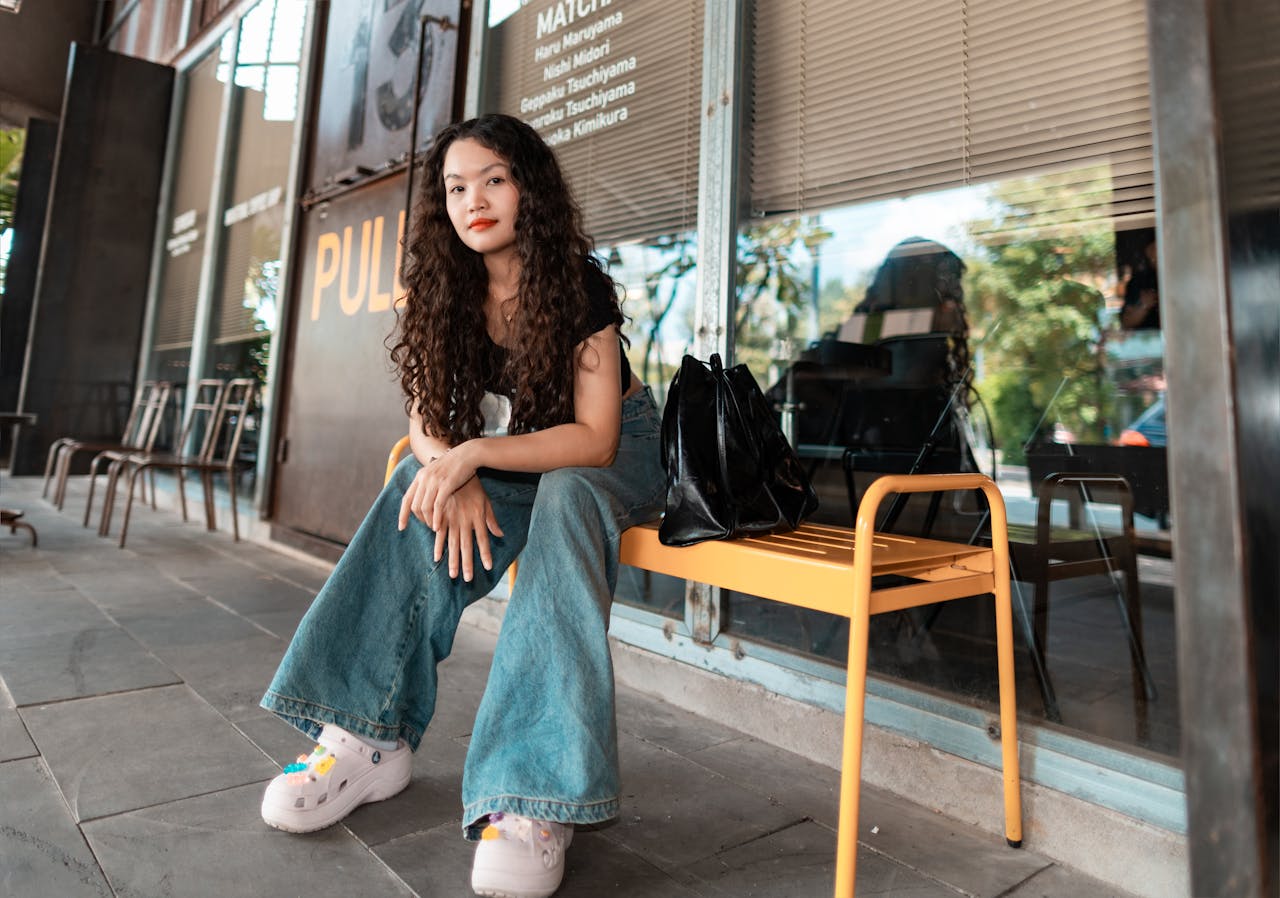
North Korea’s leaders treat clothing as one more front in the fight against outside influence, banning denim jeans, flashy Western outfits, and unsanctioned hairstyles as symbols of a hostile culture. Approved styles are posted and monitored, and deviation is treated less like personal taste and more like political disobedience. Even something as simple as skinny jeans or dyed hair can draw suspicion. Fashion turns into a loyalty test, with the wrong pair of pants carrying social and legal risk.
Local Bans On Saggy Pants In The United States

Several U.S. cities and towns have passed ordinances against sagging pants that expose underwear, especially on boardwalks, buses, or downtown streets. Violations can bring fines, community service, or a confrontation with police over something as small as a low waistband. Officials often claim they are protecting public decency or family-friendly spaces. Civil rights advocates argue the laws target young Black men, turning a style choice into another excuse for disproportionate stops and tickets.
Uganda’s Short-Lived “Miniskirt” Crackdown

Uganda’s 2014 Anti-Pornography Act quickly became known as the “miniskirt law,” even though the text never used the word. In practice, some authorities and mobs treated it as permission to harass or arrest women in short skirts, sleeveless tops, or fitted clothing. Many women reported being stopped on the street, shamed, or threatened in the name of public morality. Years later, even after courts struck the law down, its shadow still lingers in how some people police women’s clothing.
Sudan’s “Indecent Dress” Punishments For Women

For years, Sudan’s Public Order laws allowed police to arrest women for “indecent dress,” often meaning trousers, uncovered hair, or anything an officer felt clashed with conservative norms. Punishments could include fines, public shaming, or even flogging, all over outfits that would pass unnoticed elsewhere. Some women became activists after enduring these penalties, using their cases to push for repeal. Even with reforms, memories of those laws still shape how many dress to stay safe.
Noisy Shoes And Shirtless Bans On Capri, Italy

On the Italian island of Capri, local regulations have targeted squeaky wooden clogs, loud footwear, and shirtless strolls through town centers. Officials say they are trying to preserve peace and a certain refined atmosphere for residents and visitors. Violators can face fines if they wander through narrow streets half-dressed or clacking loudly on stone. In a place famous for leisure, walking from the beach to a café can suddenly feel like crossing an invisible style checkpoint.
Barefoot And Swimwear Crackdowns In Portofino, Italy
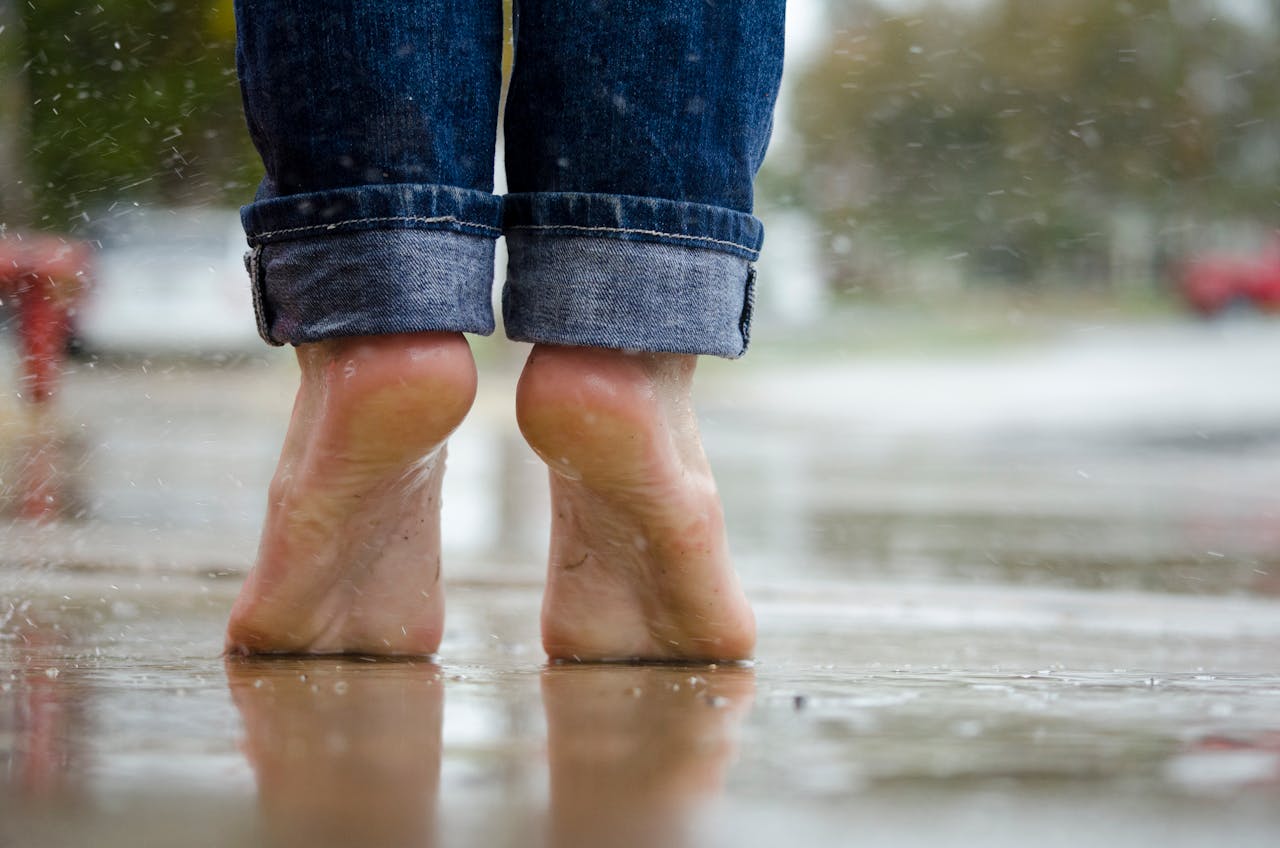
Portofino, a small but heavily visited coastal town, has introduced rules that forbid people from walking barefoot or in swimwear away from the waterfront, with penalties that can hit tourists in the wallet. The goal, according to local leaders, is to keep streets and historic squares from feeling like a crowded beach path. Critics argue it turns relaxed holiday habits into offenses and feeds a pattern where popular spots answer overtourism with more tickets than long-term planning.
